
- Details
- By Levi Rickert
HARBOR SPRINGS, Mich. — Tribal leaders and tribal citizens began arriving an hour before the start of second stop of "The Road to Healing" tour at the Pellston High School's gymnasuim on Saturday, August 13, 2022. By the time the event began, several hundred people were on hand as the Spirit Lake drum ushered in U.S. Secretary of the Interior Deb Haaland (Laguna Pueblo) and Assistant Secretary of the Interior for Indian Affairs Bryan Newland (Bay Mills Indian Community).
Haaland and Newland were joined by other Interior Department staff from Washington, D.C. as they listened intently to testimony made by survivors and descendants for several hours.
Much of the testimony was similar to the first Road to Healing tour held last month at the Riverside Indian Boarding School in Anadarko, Oklahoma, operated by the Bureau of Indian Education (BIE). However, Saturday's testimony differed because the much of the testimony was about what happened at the Holy Childhood of Jesus School (Holy Childhood) that was run by the Catholic Church. in Harbor Springs, Mich., 18 miles away. Holy Childhood operated until 1983, which allowed many of those making testimony on Saturday to give firsthand accounts of their experiences they encounted decades ago.
Native News Online will publish a more complete story on Saturday's testimony on Monday.
Below are photographs from Saturday's event:

U.S. Secretary of the Interior Deb Haaland gives opening remarks.
 f
f
Dr. Suzanne L. Cross (Saginaw Chippewa Tribe) is an expert on Indian boarding schools.
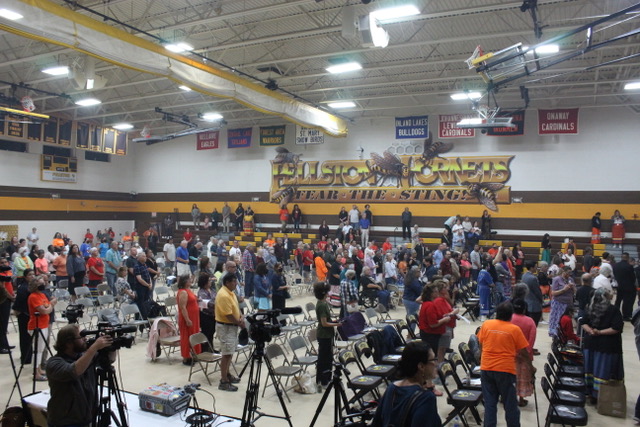
Crowd grew throughout the event.
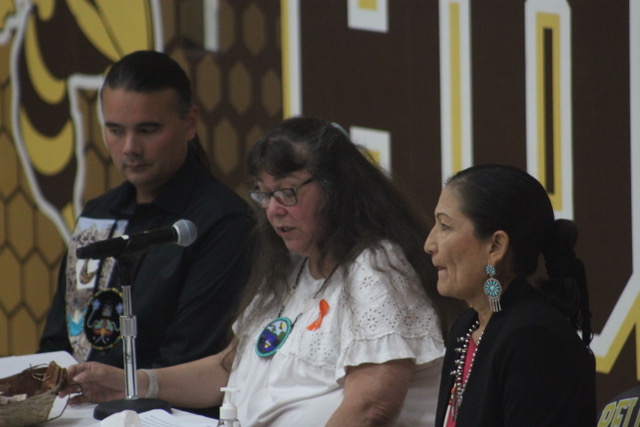
Little Traverse Bay Bands of Odawa Indians Chairwoman Regina Gasco-Bentley gives a greeting from the Tribe.
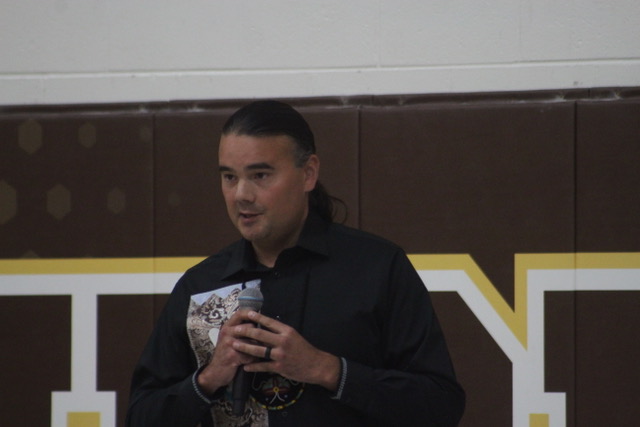
Assistant Secretary of the Interior - Indian Affairs Bryan Newland gives his opening remarks.
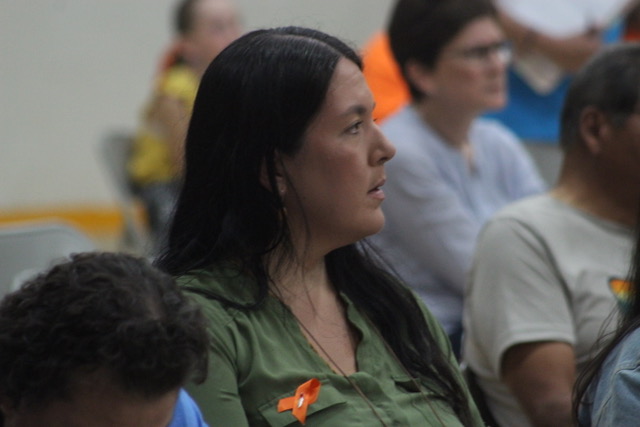
Bay Mills Indian Community Chairperson Whitney Gravelle
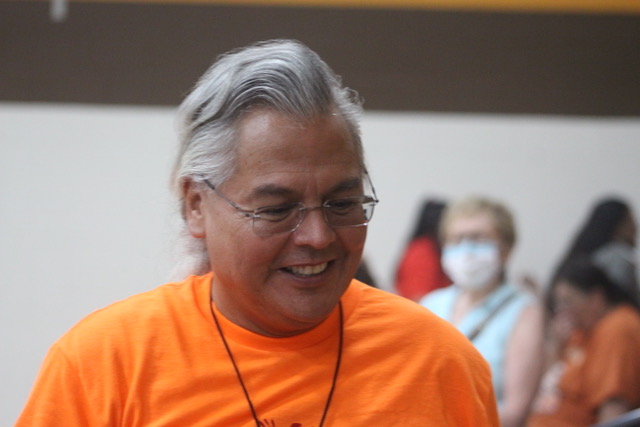
Aaron Payment (Sault Ste. Marie Tribe), Director of Government Relations at the National Indian Health Board
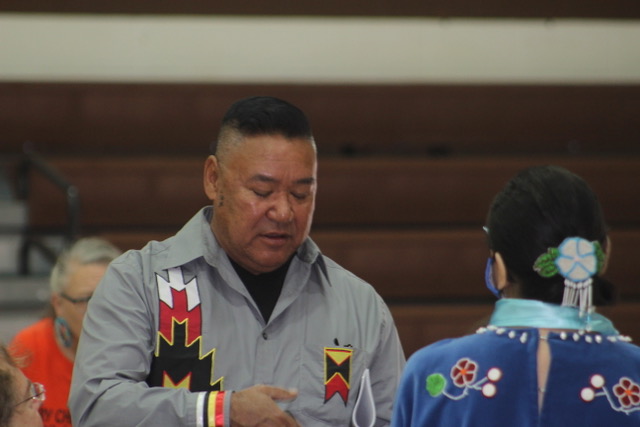
Ben Hinmon (Little Traverse Bay Bands of Odawa Indians)
Native News Online photos by Neely Bardwell.
More Stories Like This
50 Years of Self-Determination: How a Landmark Act Empowered Tribal Sovereignty and Transformed Federal-Tribal RelationsCherokee Nation Launches Digital Dictionary to Support Language Revitalization
Prairie Band Potawatomi Nation Chairman Addresses Homeland Security Contract
Lancaster County to Recognize Conestoga-Susquehannock Tribe on Massacre Anniversary
How the Gaming Economy Helps Tribes Navigate Shifting Policies
Help us defend tribal sovereignty.
At Native News Online, our mission is rooted in telling the stories that strengthen sovereignty and uplift Indigenous voices — not just at year’s end, but every single day.
Because of your generosity last year, we were able to keep our reporters on the ground in tribal communities, at national gatherings and in the halls of Congress — covering the issues that matter most to Indian Country: sovereignty, culture, education, health and economic opportunity.
That support sustained us through a tough year in 2025. Now, as we look to the year ahead, we need your help right now to ensure warrior journalism remains strong — reporting that defends tribal sovereignty, amplifies Native truth, and holds power accountable.
 The stakes couldn't be higher. Your support keeps Native voices heard, Native stories told and Native sovereignty defended.
The stakes couldn't be higher. Your support keeps Native voices heard, Native stories told and Native sovereignty defended.
Stand with Warrior Journalism today.
Levi Rickert (Potawatomi), Editor & Publisher

